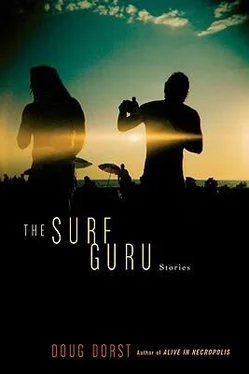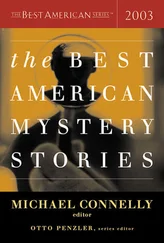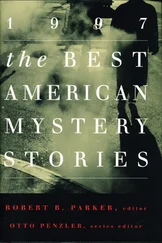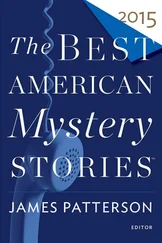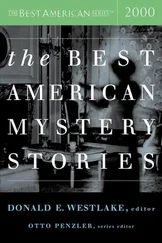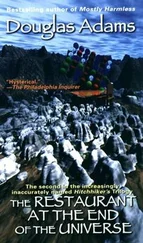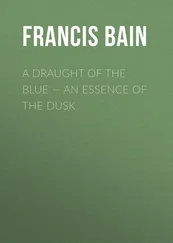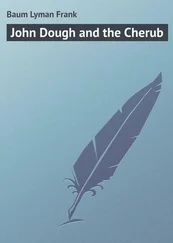Inside his black satchel (along with a stethoscope, six brown-glass bottles of Dr. Gachet’s Healthful Elixir, and several packets of dried foxglove) are the seven tubes of paint and two new flat-ferrule brushes he has just purchased from Tanguy. He is not yet sure what he will paint when he returns to Auvers and sets up his easel; perhaps he will attempt that Cézanne winter landscape he has in his vault, or one of the still lifes Émile Bernard sent as payment for treating his ulcers. (Lately, he has derived far greater pleasure from copying works he loves than from wasting supplies on the capricious nothings of his own conception.) Whatever the subject, he will paint, he must paint. He is an old man. A lonely widower. Of uncertain health.
He is walking away when a single gunshot pops from somewhere within the Bois de Boulogne. He should not be alarmed — duels are commonplace in the woods — but a sudden panic knots his gut. Two men with guns; just one gunshot. One man has survived, and the other’s time is done. This is a certainty he finds terrifying, and he breaks into a run, away from the death in the woods, away from the children whose laughter now feels shrill and oppressive, toward the safety of Tanguy’s cluttered shop, with its oily air and paint-spattered floor. The outer world goes silent as his own fast breaths and pumping pulse and ringing ears fill his head.
2. In his garden with the artist, Auverssur-Oise (May 21, 1890)
“I am an expert in the field of melancholy,” Dr. Gachet says as the two men smoke their pipes. “So believe me when I tell you that you are ill only insofar as you must be ill because you are a great artist. Melancholy afflicts all the great artists.”
Puff.
“And, one suspects, it afflicts other great men as well — the great philosophers, revolutionaries, poets, statesmen, and homeopaths. Perhaps also the great chefs and botanists, vintners and swordsmen, conquerors and color grinders. I would not be surprised if the great men in all fields, high or low, were so burdened. Goatherds and carpenters, jugglers and boatswains, accountants and chimney sweeps, theologians and haberdashers, swindling gypsies and dung shovelers, trombone players and hackberry harvesters. But particularly, most powerfully, most certainly, most inevitably , melancholy afflicts the great artists.”
He shakes the crumbs of bread crust from his plate onto the ground. A fat chicken totters over and pecks contentedly. Across the garden a duck quacks, and a rabbit creeps through a green-and-yellow snarl of moneywort. “My prescription for you is work,” the doctor tells the artist. “Work, and more work. Many colors on many canvases. And, let us not forget, a soupspoon of my Elixir each night before you sleep.”
He feels the artist studying his face, his eyes, the space he occupies.
“You and I are very much alike,” the artist says. “Alike as brothers.”
Puff.
3. Signing the work (late May 1890)
The artist delivers his first Auvers canvas to Dr. Gachet like a child bringing home a good mark from school, trembling with excitement and pride. “It is excellent,” the doctor says. “Inspired and inspiring.” He resists the urge to touch the brushstrokes that have been conjured into a cluster of thatched cottages on a soft golden hillside. He shakes the artist’s hand vigorously, claps him on the shoulder. “I am unabashedly optimistic about your treatment,” he says.
The artist’s eyes are all pupil, and they tremble and jerk. “I must go,” he pants. “So many things call out for my eye, my brush.”
Dr. Gachet shoos him toward the door. “Go. Work is how great men make their marks.”
The door slams, and after Dr. Gachet gets up to close it properly, he returns to his writing table to work on his article — an important piece, to be sure, correcting some of the most alarming provincial misconceptions about public hygiene — but he finds himself unable to concentrate, unable to stop his knees from bouncing or his feet from tapping the floor, unwilling to stop the warmth that rises in him each time he swivels in his chair and looks at the fresh canvas leaning against the wall on top of his tea table. He puts down his pen and takes up a brush.
Within a few hours, he has executed what is, to his eye, a perfect copy. In the lower left corner, he signs his nom d’art , Paul van Rijssel. Then he reconsiders and brushes it out. He experiments with new signatures, rubbing out each one before adding the next, in a new color:
Paul van Rijssel
P. van Rijssel
Dr P. Gachet
P.-F. Gachet
Paul Gachet
Paul-Ferdinand
Paul
Paul van R.
Paul van G.
Dr P. van G.
Dr van G.
Paul-Vincent
Vincent-Paul
When he finally steps away and shakes his head clear, paint stains cover his hands and his clothes, and a smeary blob of Verona green and ocher and burnt sienna has spread, blotting out half of a straw-colored hill. He hurls his brush against the wall, then razors the wet canvas into ribbons.
4. Contemplating the tragus (May 23, 1890)
While the renters are taking dinner in the ground-floor café, Dr. Gachet is behind the auberge with a long, paint-spattered ladder he has found in the grass. He leans the ladder against the building, tests his weight on the bottom rung. A creak, a little give, but sturdy enough. He climbs, catching a splinter in his little finger and suffering a whirl of vertigo when he dares a look down. He wriggles through the attic window, which has been propped open with a stick, and drops himself onto the floor in the room the artist rents for three francs fifty per day. It is a hot, dark, squalid cell. The walls are bare. There is a cot and a chair and a small dressing table and the lingering smell of pipe smoke and armpits and raw plaster.
On the table is a letter to the artist’s brother. At the top of the page, the artist’s handwriting is crisp and well-spaced, but with each sentence it becomes more cramped, anxious. Dr. Gachet leans over the table and reads. This is what a good doctor does, he tells himself. A good doctor must see how the patient is thinking, must gauge the progress of their work together. A drop of sweat falls from his chin onto the paper. He does not wipe it away for fear of smearing the ink. Halfway down the page, he finds the following words:
I think we must not count on Dr. Gachet at all . First of all he is much sicker than I am, I think, or shall we say just as much, so that’s that. Now when one blind man leads another blind man, don’t they both fall into the ditch?
When the artist returns from his meal, Dr. Gachet is sitting on the cot, waiting with the letter in his lap. The artist seems confused by the doctor’s presence. His pipe dips as his lips slacken. The doctor stands, and he takes the artist firmly by his thin wrist. “I have something to show you,” he says, not caring that he hears an angry shake in his voice.
They do not speak as they descend the narrow stairs and exit through the café, where the innkeeper’s wife, collecting plates from tables, looks up peevishly to see what all the stomping is about. Dr. Gachet tows the artist behind him as they walk swiftly up the steep, crooked streets, feels the other man’s pulse quickening beneath his hand. He feels his own pulse thumping in his neck. The artist stumbles on loose stones, no doubt exaggerating his poor sense of balance. The scent of lilac is heavy in the dusky air. They pass the old church and keep walking until they reach the walled cemetery, a stone field of Ici Repose scored by a grid of yellow dusty pathways. The artist seems not to notice that they are surrounded by the dead; he stares off into the whispering wheat fields beyond.
Читать дальше
